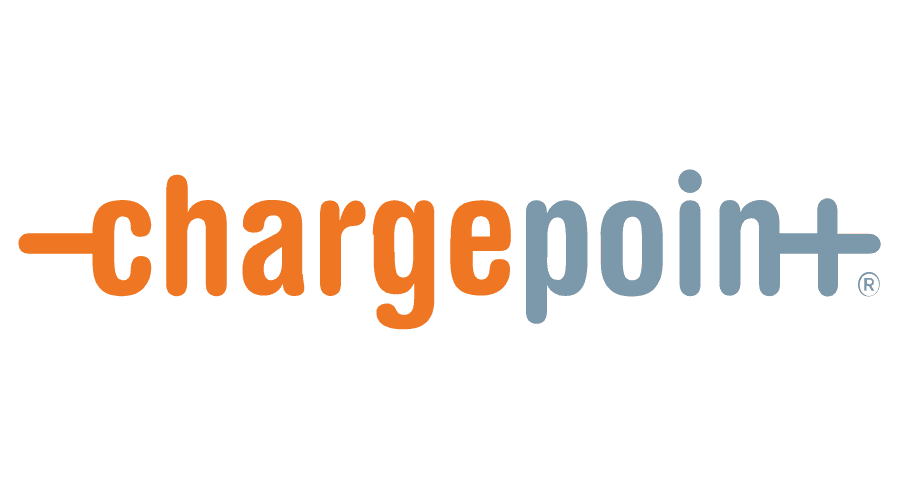Blink Charging Co. (BLNK)
.jpg)
24000
EV Charging Stations
deployed by Blink since its founding in 2009
190000
Partners
Blink has 190,000+ registered commercial, municipal, and retail partners
31.5%
CAGR
in EV charger sales revenue, 2016 - 2020
The Path to Drawdown: Electric Vehicle Chargers
Internal combustion engine vehicles still dominate transportation today, but electric vehicles (EVs) are about to transform that landscape. According to the IEA, there are now 11 million electric passenger cars and vans on the road, thanks to supportive policies and falling costs.
The difference in impact on the climate is striking. Compared to petroleum-based vehicles, CO2 emissions drop by 50% if an EV’s electricity comes from the conventional grid. If powered by solar energy, emissions are cut by 95%. Once households purchase EVs, the operating costs for those cars are often lower than gas-based cars, too.
But just as ubiquitous gas stations enable internal combustion engines, one critical factor for EVs to become the primary transportation method is a wider adoption of EV charging infrastructure. While most EV charging is done at home and work today, publicly accessible charging needs to be rolled out to encourage households without access to private chargers to opt for EVs.
For now, the ratio of chargers to EVs is far lower than it needs to be in most countries, with the US near the bottom of the ranking among developed countries at 0.06 chargers per EV. Companies and governments around the world are currently implementing policies and incentive programs to expand EV infrastructure networks.
To achieve an all-electric transport sector in line with keeping global warming under 1.5ºC of warming, the IEA projects a dramatic increase in the number of EV chargers globally between now and 2030:
- There were 10.3 million EV chargers in 2020
- There need to be 215.2 million chargers by 2030
- 35.5% CAGR between 2020 and 2030
About
Blink Charging (stock ticker: BLNK) is a Florida-based provider of public EV charging equipment and cloud-based software that enable EV drivers to easily recharge at locations throughout the United States. It’s looking to expand into the European market.
BLNK's Role in Drawdown
Blink Charging offers four types (p. 15) of EV chargers, geared toward residential and fast commercial EV charging, as well as an app-enabled network that allows drivers to view station locations, availability, pricing, and pay for electricity.
In 2020, Blink deployed 1,839 EV chargers, accounting for 0.02% of the global share. To maintain this market share as the supply of chargers increase according to the IEA’s projection, Blink would need to produce 11,605 chargers annually by 2025, and 38,422 by 2030.
This type of growth would require an annual production and sales expansion of 35.5% between now and the end of the decade. Given that Blink’s year-on-year growth has been limited to 0.81% since 2016, this may be a tall order. We are eager to see Blink grow at a faster pace.
BLNK: What We Like
The flurry of recent partnerships and acquisitions (p. 24) is an encouraging sign, and we think this is key to achieving the level of growth we would like to see:
- Three acquisitions of EV charging companies in 2020-2021,
- Seven partnerships and purchasing agreements since 2018
We also like Blink’s diversified revenue streams and client base. It obtains revenue from five sources: sale of electricity through its EV charging stations with long-term exclusive contracts, hardware sales, network management services, advertising on its chargers, and energy services. Its customer base includes a broad range of sectors, from parking, commercial and residential, healthcare, retail, education, entertainment and more. This diversification enhances Blink’s resiliency.
BLNK: What We Want to See Improve
Expand Faster
Roll Out DC Fast Charging Technology
Set Clear Sustainability Targets
Watch the Webinar
Watch the on-demand Sustainable Investing 101 webinar! Learn how to be a smart investor who cares about climate change.
Watch NowGet Our Newsletter
Go a level deeper with us and investigate the potential impacts of climate change on investments like your retirement account.
Join NewsletterTalk To A Human
Joining a new investment service can be intimidating. We’re here for you. Click below to email us a question or book a quick call.
Ask a Question.png)

